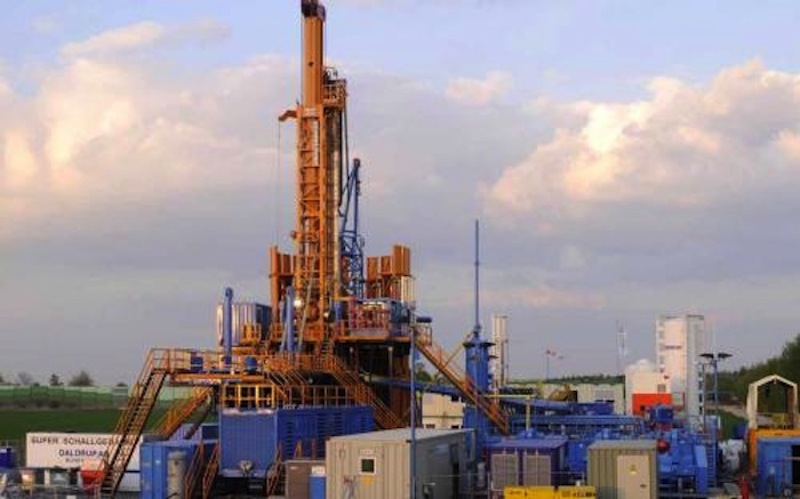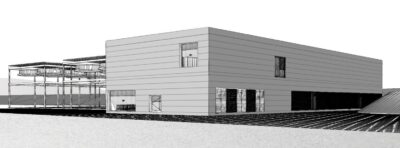Work to start on Neuried geothermal heat and power project in Germany
German drilling and geothermal specialist Daldrup & Söhne is to start work on the development of the Neuried combined geothermal heat and power plant in Germany, with an expected investment volume of EUR 40 million.
In a release, drilling technology and geothermal specialist Daldrup & Söhne AG announces that it will start work on further developing the Neuried geothermal power plant project in southwestern Germany. That follows a decision be the responsible regulator, the state office for geology, raw materials and mining (LGRB) at the regional authority in Freiburg, that “an environmental impact assessment is not required” in order to proceed.
Following the completion of the first expansion phase, the Neuried geothermal power plant is projected to produce ca. 16,000 MWh of energy as well as 10,000 MWh of district heat a year. A cover note for assembly and productivity risk insurance has been provided. Daldrup’s subsidiary Geysir Europe GmbH estimates project costs of up to EUR 40 million ($47 million) for drilling the necessary boreholes and building the power plant. Geysir Europe and LGRB will present the project timeline as well as plans for the construction and operation of the geothermal power plant at an information event for local residents, which will include a question and answer session to address residents’ concerns.
In addition, Daldrup has received three participation requests from well-known investors for new geothermal projects and the expansion of existing geothermal power plants in the greater Munich area. With regard to the desired shareholding structure for the Neuried project and the three participation requests, Daldrup’s Management Board is examining the possibility of using up to 10% of the company’s share capital as per the authorised capital approved in 2013.


















